SOURCE: RAUNAK KUNDE / NEWS BEAT / IDRW.ORG
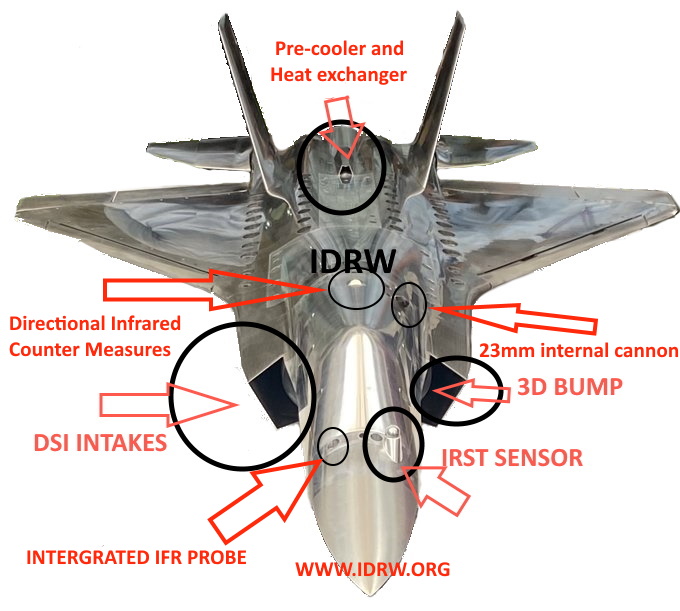
The Aeronautical Development Agency’s (ADA) AMCA program is making significant strides towards a future-proof fighter jet. The project team is prioritizing two key features: spiral upgrades and modular design, ensuring the aircraft’s continued relevance for years to come.
idrw.org has been told that the AMCA’s design allows for incremental capability additions through “Blocks.” New features and functionalities can be integrated over time, eliminating the need for a complete overhaul until a Mid-Life Update (MLU).
Continue readingSOURCE: RAUNAK KUNDE / NEWS BEAT / IDRW.ORG

The Defence Research and Development Organisation (DRDO) is setting its sights on high-powered directed-energy weapons (DEWs). This development comes as part of a well-defined roadmap with short–, medium-, and long-term goals for harnessing this next-generation military technology.
The current focus is on developing DEWs with a significant power increase, targeting a range of 30-50 kilowatts. This substantial leap in power signifies a move towards more potent DEWs capable of tackling a wider range of threats.
Continue readingSOURCE: RAUNAK KUNDE / NEWS BEAT / IDRW.ORG

The Combat Vehicles Research & Development Establishment (CVRDE), a leading laboratory of India’s Defence Research and Development Organisation (DRDO), has issued a Request for Information (RFI) for the development of a critical component – an indigenous track system for 70-ton class Armoured Fighting Vehicles (AFVs).
The track system is an essential element of the Running Gear (RG) system in a Main Battle Tank (MBT) like the Arjun Mk-IA. It acts as a closed loop, driven by a sprocket to propel the tank. Each track link comprises various components like track blocks, rubberized pins, pads, connectors, and clamps.
Continue readingSOURCE: AFI

In a recent opinion piece published on “The Print,” Lt Gen (Dr) Prakash Menon (retd), Director of the Strategic Studies Programme at the Takshashila Institution and former military adviser to the National Security Council Secretariat, advocates for the establishment of an airborne command post. This proposition comes at a crucial juncture when advancements in satellite-based geospatial monitoring technologies have made concealing underground facilities increasingly difficult. Lt Gen Menon argues that an airborne command post presents a compelling solution to this challenge, offering enhanced survivability and redundancy to the nuclear command authority.
The primary rationale behind the proposal for an airborne command post lies in the evolving landscape of strategic defense. With the advent of sophisticated satellite surveillance capabilities, the concealment of underground facilities, traditionally used for housing command centers, has become a daunting task. Once detected, these fixed installations are susceptible to targeted attacks, including communication jamming, thereby compromising the command and control capabilities vital for nuclear deterrence.
Continue readingSOURCE: AFI
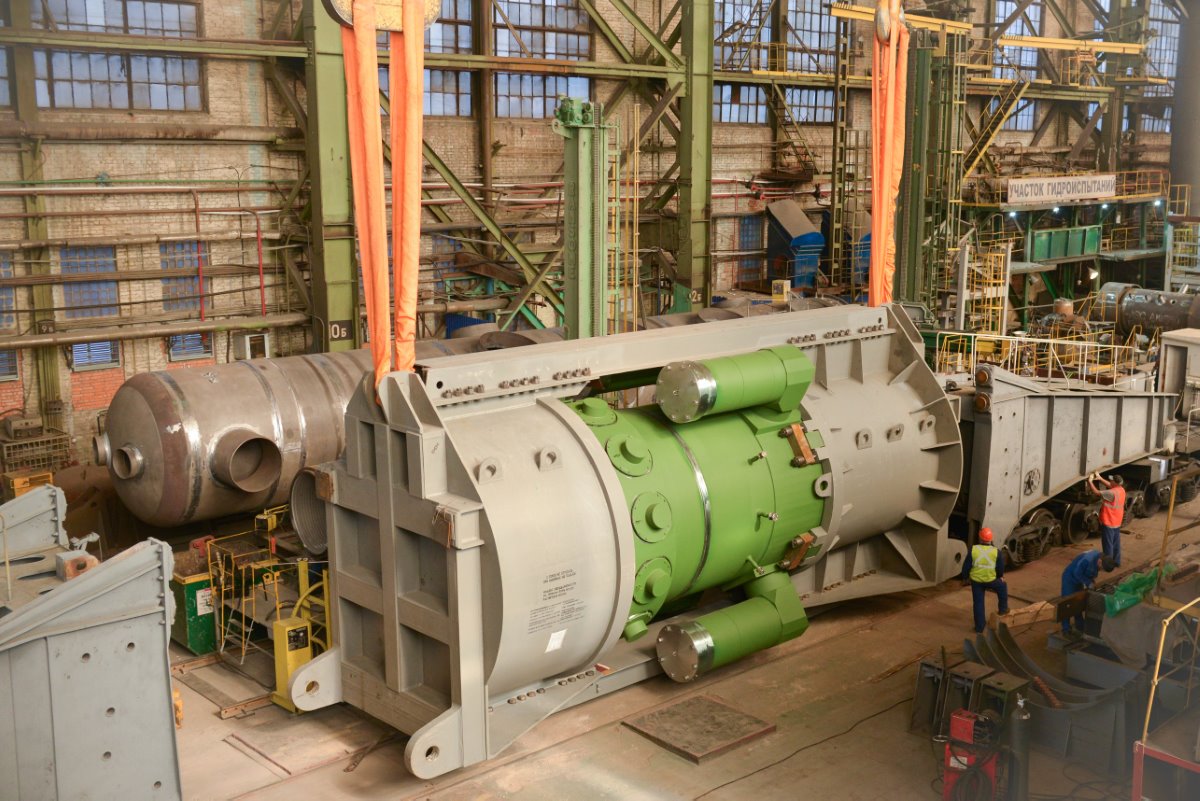
Russia’s atomic energy giant, Rosatom, is in discussions with Indian nuclear authorities to supply technology for small modular reactors (SMRs). This collaboration could address India’s growing energy demands while providing a clean and sustainable solution.
Evgeny Pakermanov, President of Rosatom Overseas, highlighted the company’s experience in SMR technology. Rosatom is currently constructing its first land-based SMR in Yukatia, a remote province in Russia. This 190 MWt (55 MWe) power plant utilizes enriched uranium and requires minimal land (only 15 acres). Scheduled for operation in 2028, this project showcases the potential of SMRs to provide clean energy in geographically challenging regions.
Continue readingSOURCE: IDRW.ORG TEAM.

Solar Industries India Limited’s (SII) subsidiary, Economic Explosives Limited (EEL), has secured a contract to supply 30,000 units of the Multi-Mode Hand Grenade (MMHG) to the Central Reserve Police Force (CRPF) for ?13.983 crore. EEL’s bid of ?4,661 per grenade proved more competitive than Munitions India Limited’s (MIL) offer of ?15.547 crore.
Developed by the Terminal Ballistics Research Laboratory (TBRL), the MMHG is a versatile grenade designed for both offensive and defensive use. A unique feature is the ability to easily switch between modes by removing or attaching a fragmenting sleeve before throwing.
Continue readingSOURCE: IDRW.ORG TEAM

Gurgaon-based Pareto Tree Private Limited, winner of the prestigious SPRINT Challenge, has unveiled the HERO Search V1 – a revolutionary Personal Alert Safety System (PASS) device designed to safeguard the lives of firefighters, search & rescue teams, damage control teams, and isolated defense personnel. This innovative tool promises to be a game-changer in emergency response, offering critical features that can mean the difference between life and death in dangerous situations.
HERO Search V1 boasts cutting-edge continuous motion sensing technology. No movement goes unnoticed, allowing rescuers to swiftly locate missing or incapacitated individuals even in the most chaotic situations. Gone are the days of agonizing uncertainty; HERO Search V1 provides a vital lifeline in the face of danger.
Continue readingSOURCE: IDRW.ORG TEAM
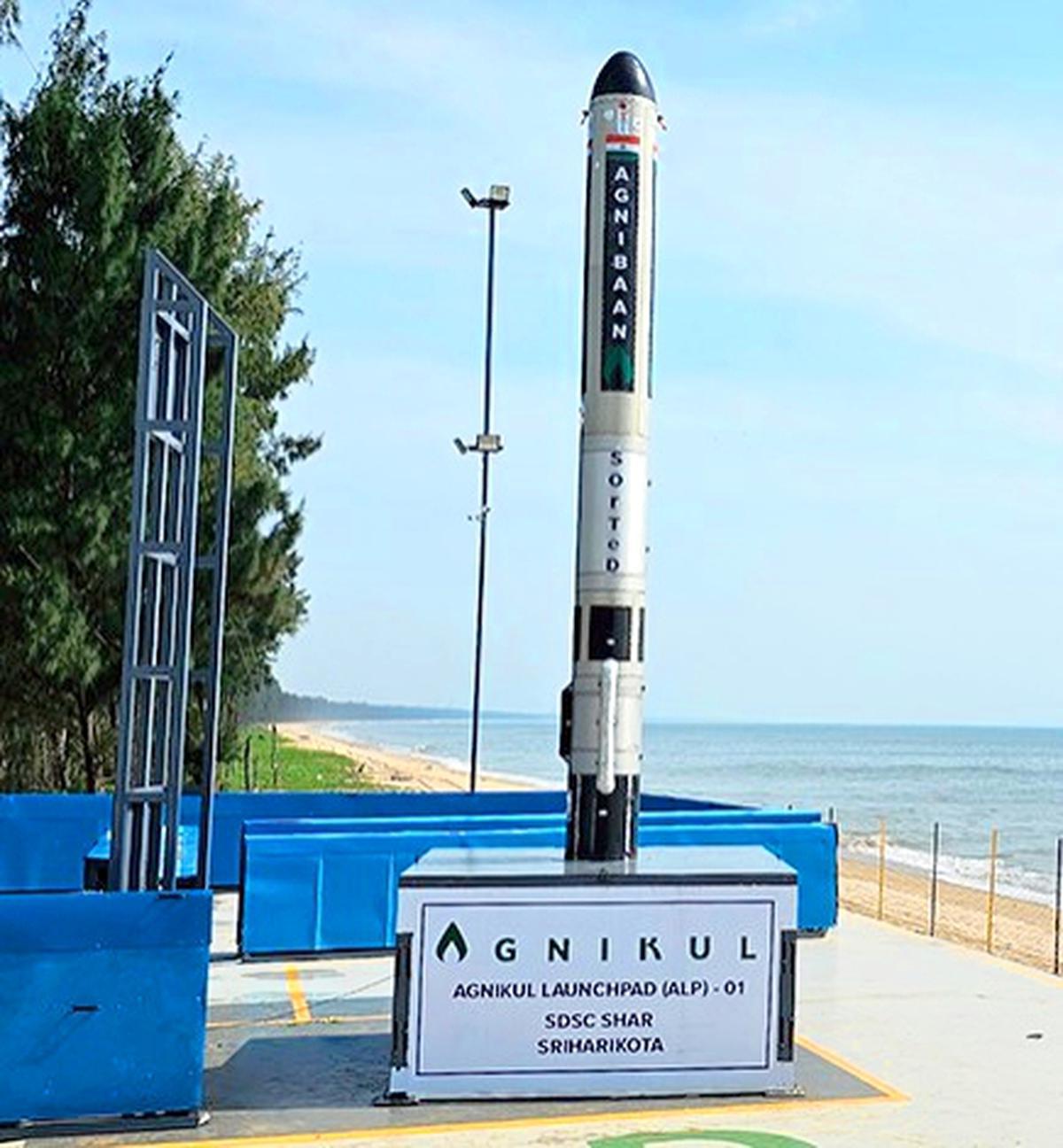
Chennai-based space startup Agnikul Cosmos has announced a delay in the test launch of its “AGNIBAAN SOrTeD” (Sub Orbital Technology Demonstrator) mission. Originally planned for March 22, 2024, the launch is now on hold to allow for additional readiness checks.
In a statement, Agnikul Cosmos cited the need for further preparations as the reason for the postponement. The company says it may require additional time beyond the originally planned NOTAM (Notice to Airmen) window. A new NOTAM will be issued soon to inform of the rescheduled launch date.
Continue readingSOURCE: IDRW.ORG TEAM
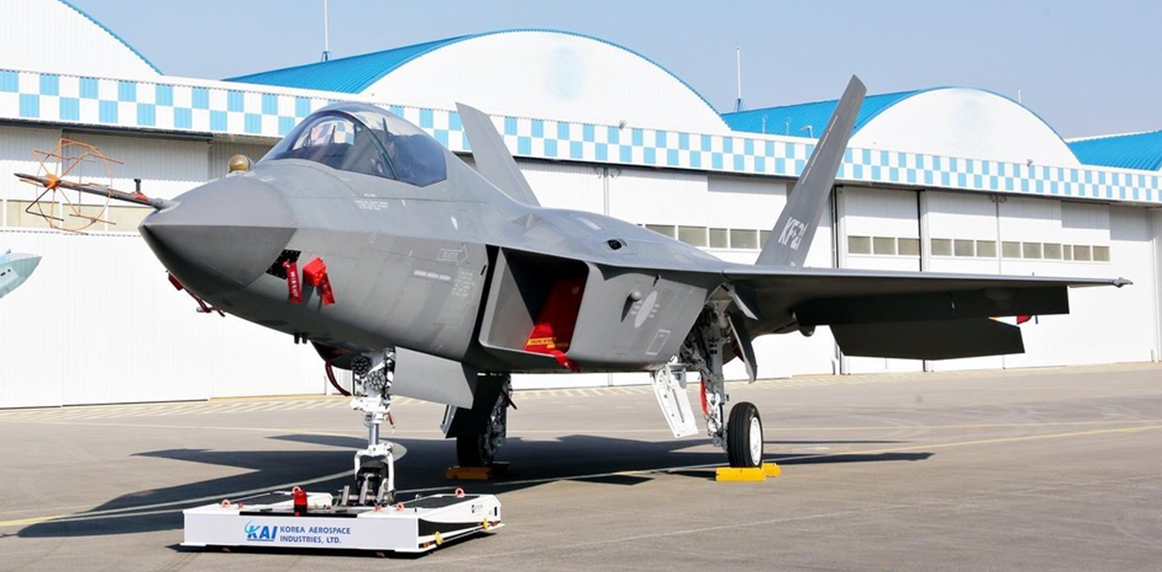
South Korea’s Defense Acquisition Program Administration (DAPA) has greenlit production of the KF-21, a domestically developed 5th-generation fighter jet. This marks a significant step forward for the nation’s aerospace industry.
The production approval covers the period between 2024 and 2028, with a total estimated cost of W7.9 trillion (approximately $5.8 billion). While the official number of aircraft remains undisclosed, South Korean media reports suggest an initial production run of 20 jets.
Continue readingSOURCE: AFI

The plight of the MV Abdullah, a Bangladeshi cargo ship hijacked by Somali pirates in the Indian Ocean, continues with no immediate resolution in sight.
Both the Bangladesh government and the ship’s owner have rejected an offer from the European Union (EU) and the Indian Navy to assist in operations onboard the vessel. This leaves negotiations with the pirates as the primary course of action for securing the safe return of the 23 crew members.
Continue readingSOURCE: RAUNAK KUNDE / NEWS BEAT / IDRW.ORG
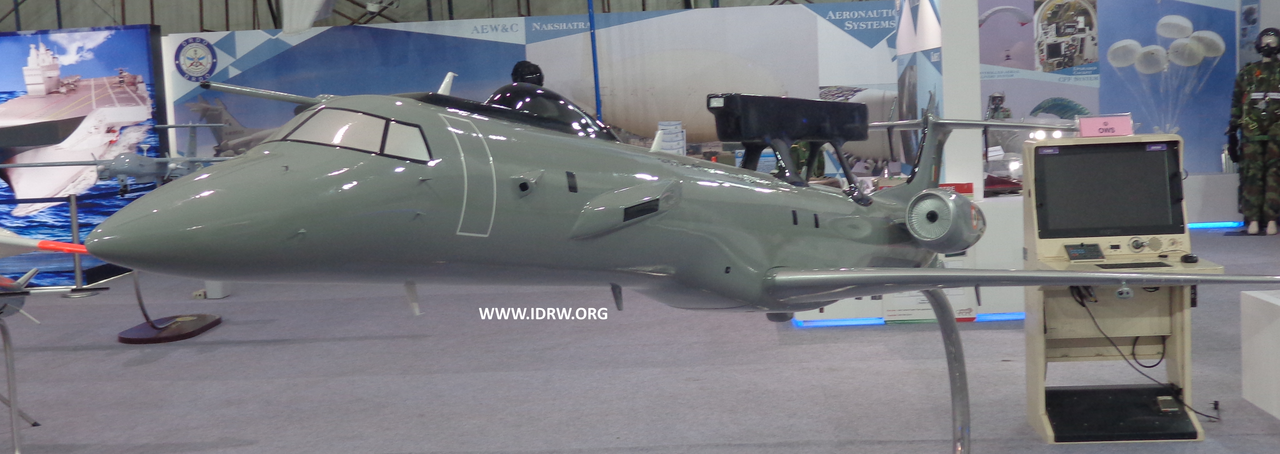
India’s domestically developed Netra Airborne Early Warning and Control System (AEW&Cs) aircraft are generating export interest from South American countries and Indonesia, according to reports. This indigenous platform developed by the Defence Research and Development Organisation (DRDO) has impressed potential buyers with its capabilities.
The Indian Air Force (IAF) has already inducted three Netra AEW&C MkI aircraft into service. These platforms provide crucial airborne surveillance and command-and-control functions, significantly bolstering India’s aerial defence capabilities.
Continue readingSOURCE: RAUNAK KUNDE / NEWS BEAT / IDRW.ORG

The Ministry of Defense (MoD) has taken a significant step towards enhancing the capabilities of its armoured fleet by signing a contract with AVNL for the upgrade of 693 BMP-2 infantry fighting vehicles.
The upgraded BMP-2M variant will feature state-of-the-art armament systems, including an integrated Fire Control System (FCS) and third-generation sighting systems for both the gunner and commander positions.
Continue readingSOURCE: RAUNAK KUNDE / NEWS BEAT / IDRW.ORG
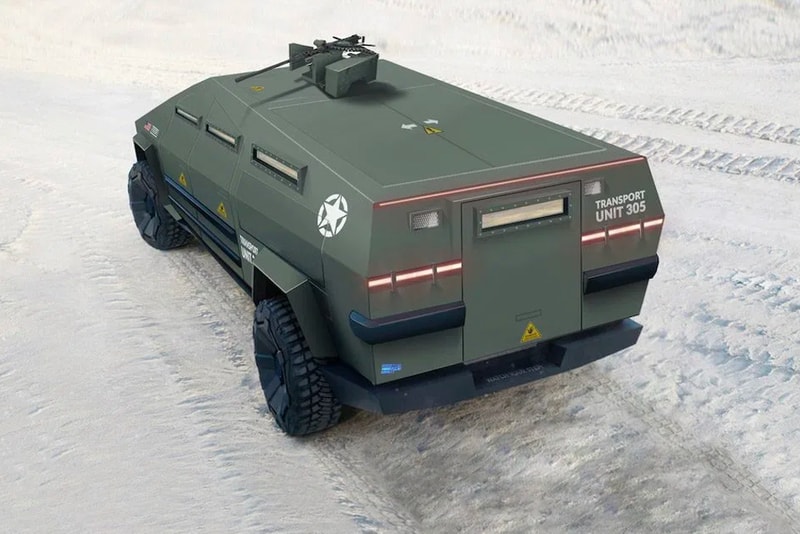
The Indian Army is making strides towards eco-friendly transportation with the induction of electric vehicle (EV) platforms for local deployments in major Indian cities. However, challenges remain for border areas due to limitations in infrastructure and charging facilities.
Recognizing the environmental benefits of EVs, the army has begun integrating them for local transport needs within major cities. This shift reduces dependence on fossil fuels and contributes to cleaner urban environments.
Continue readingSOURCE: AFI
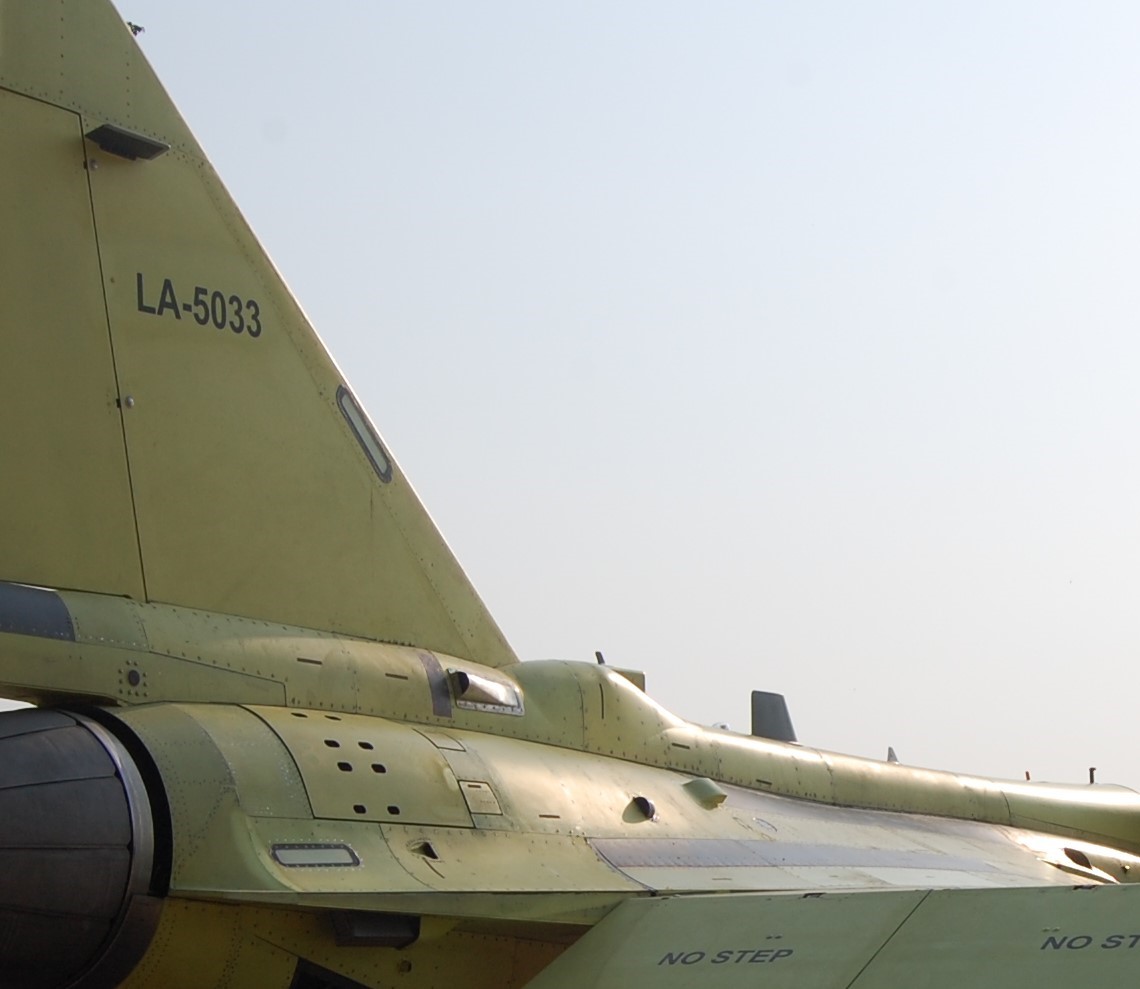
The Indian Air Force’s (IAF) indigenous fighter jet program, the Light Combat Aircraft (LCA) Tejas, has taken a significant step forward with the unveiling of the first LCA-Tejas Mk1A variant, LA-5033. Sporting a bright yellow primer, LA-5033 marks the beginning of the delivery of 73 upgraded Mk1A jets ordered by the IAF from Hindustan Aeronautics Limited (HAL) in 2021.
Fresh off completing successful low-speed taxi trials, LA-5033 is expected to progress to high-speed taxi trials soon before being cleared for its maiden flight. A slight delay in the first flight stemmed from software validation for the new high-powered Digital Fly-By-Wire Flight Control Computer (DFCC) onboard LA-5033. However, this critical technology has already been successfully flight-tested on the Tejas Mk1A prototype LSP7 on February 19, 2024, paving the way for LA-5033’s imminent first flight.
Continue readingSOURCE: AFI

Images of a new Chinese attack helicopter, dubbed the Z-21, have surfaced on social media, sparking speculation about its capabilities and potential role in future military operations. Analysts believe this heavy-duty helicopter could be a game-changer for the People’s Liberation Army (PLA).
Military experts see the Z-21 as a crucial asset for the PLA, particularly in potential conflicts involving Taiwan or India. Malcolm Davis, a senior analyst at the Australian Strategic Policy Institute, highlights the Z-21’s versatility. “While it could play a significant role in operations against Taiwan,” he says, “its design suggests high-altitude capabilities, making it relevant for the Line of Actual Control (LAC) in the Himalayas.”
Continue reading